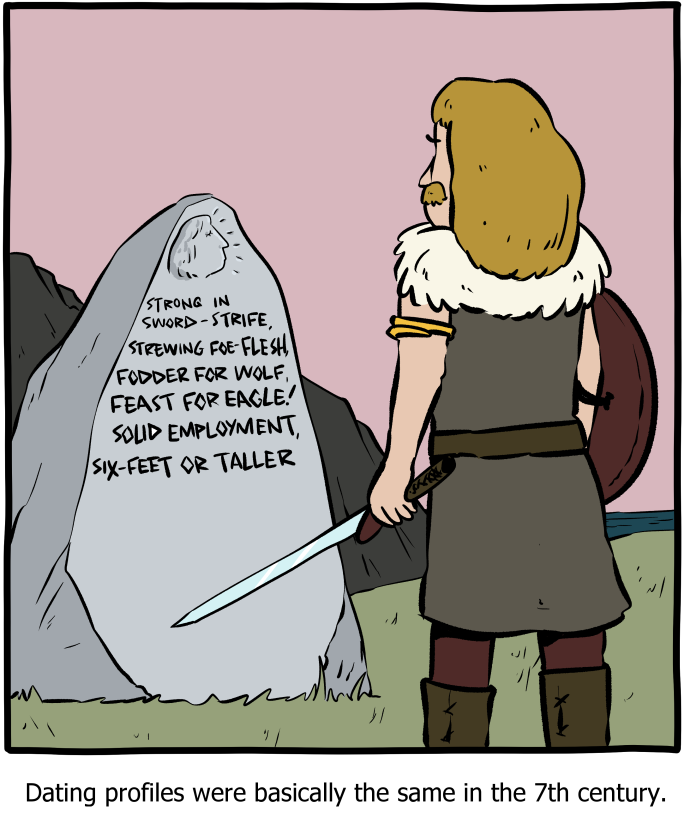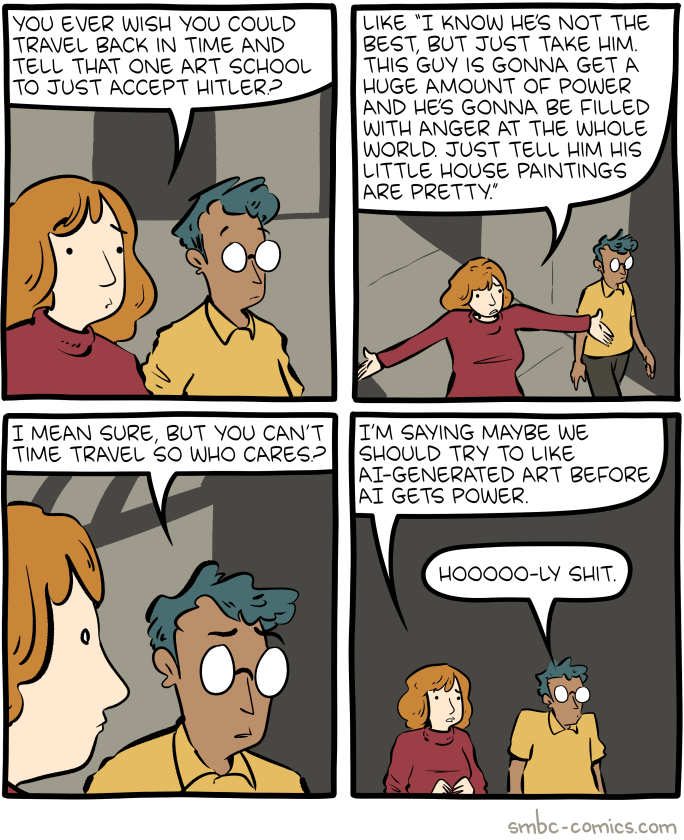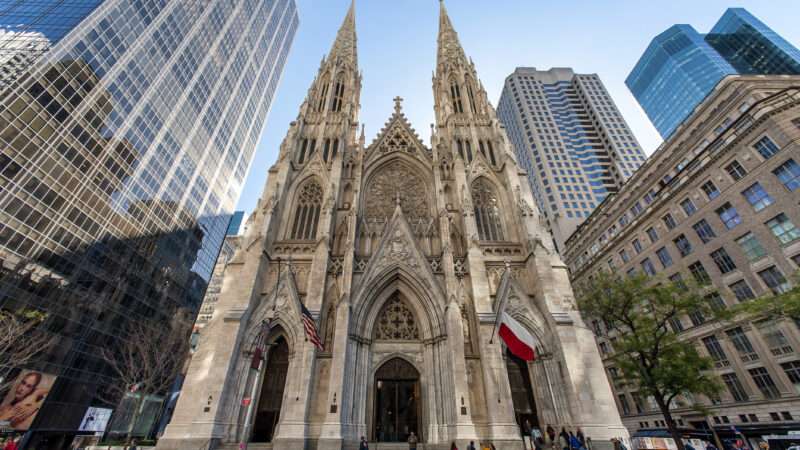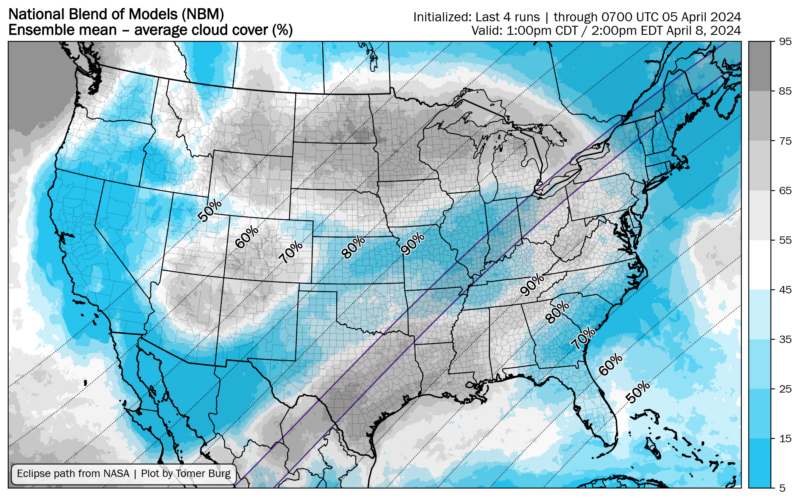While visiting my family in rural Kentucky a few weeks ago, my options for attending Mass were limited to a single time at the one Catholic church on the edge of town. When I pulled into the parking lot that Sunday morning, the first thing one of the parishioners asked me was, "Are you lost?"
This was an earnest geographic question, not an inquiry into my spiritual health.
Welcoming as this small parish was, it clearly didn't get many visitors. The only other out-of-towner there that Sunday was the priest, who had driven from an hour away to celebrate Mass.
While I was in a very Protestant part of Kentucky, most of the churches in the area are quite small, and a few are struggling to sustain themselves.
Contrast that with the Easter Vigil Mass I attended at my regular parish in Washington, D.C. Pews were full, spirits were high, and an additional 15 people were baptized and confirmed into the Catholic church. Similar scenes played out that same night at dozens of churches across the District.
This is despite the city being a less religious place than Kentucky as a whole, and certainly less religious than the part of Kentucky I was in.
The fact that Washington, D.C., is a city probably has a lot to do with the relative vitality of its religious communities.
As America becomes an increasingly secular country, religion will become an increasingly urban affair. It's in cities that greater absolute numbers of religious people can compensate for declining per capita rates of religious observance.
Those interested in sustaining active faith communities should be interested in supporting policies that make those urban areas more affordable and accessible.
That the country is becoming less religious, there is no doubt.
In the run-up to Easter, both the Public Religion Research Institute (PRRI) and Gallup released new surveys showing that by all measures of religiosity, America is continuing its slide into secularism.
Their results vary slightly, but both surveys show around a quarter to a third of Americans attend a religious service every week. About the same share of the population has no religious affiliation.
The "rise of the nones" isn't a new demographic finding. But anyone hoping that a third Great Awakening is just around the corner will be disappointed.
Over at The Pillar, a Catholic publication, Brendan Hodge took a deep dive into General Social Survey (GSS) data on the spirituality of the youth. He found that "younger generations of Americans are simply less religious than their parents and grandparents—and significantly so."
Given that children raised in nonreligious households are the least likely to become religious in adulthood, the next generations are likely to be less and less religious, reports Hodge.
This is all bad news for Christians and members of other shrinking faiths. Even nonreligious writers and commentators are starting to reevaluate whether this withering of religion is necessarily a desirable thing.
The Atlantic's Derek Thompson, a self-identified agnostic, fretted in a recent article that as America loses its faith, it will also lose one of the few things that creates meaningful community in people's increasingly isolated lives.
The famous atheist and biologist Richard Dawkins recently made headlines by declaring himself a "cultural Christian" after seeing London's mayor hang lights around town to celebrate Ramadan instead of Easter.
"The number of people who actually believe in Christianity is going down and I'm happy with that, but I would not be happy if, for example, we lost all our cathedrals and our beautiful parish churches," said Dawkins.
The Spectator's Justin Brierley has a good rundown of other "intellectual dark web" members like Jordan Peterson and Bret Weinstein who aren't religious themselves but see religion, and Christianity specifically, as "a 'useful fiction' for making sense of life."
It's increasingly the case that as society becomes less religious, the faithful and impious alike both see some value in church communities sticking around. These communities will need to concentrate in cities to ensure they do stick around.
When explaining why cities exist at all, urbanists tend to talk about the idea of agglomeration. More people living within the same city allows for a richer economic and social life than if the same population were distributed amongst smaller communities.
Cities are labor markets, urbanist Alain Bertaud likes to say. A greater concentration of people gives workers more job opportunities and firms more options for hiring workers.
A more active labor market also allows increased specialization. A town of 50,000 people probably won't have many tech businesses. A city of 5 million can sustain a whole tech sector with dozens of specialized firms.
Increased specialization of production leads to increased specialization in consumption as well. A small town might have a bar or two. A larger city has a whole bar scene.
This logic of agglomeration applies as much to religion as anything secular.
Some faiths can be practiced by individuals all on their own. In general, though, churches need a minimum number of people to function. If the average person is less likely to be religious, churches will need to be able to draw off a larger universe of potential attendees to sustain themselves.
America's smaller, minority religions have appreciated this reality for a long time already. It's one of the reasons that Jews have settled in large numbers in New York City and Mormons founded Salt Lake City.
This will become increasingly true for Catholics as well since they require not only an active laity but also ordained clergy to administer the sacraments that are at the center of Catholic life.
If churches are to provide the additional benefits that some agnostics and atheists ascribe to them, it's not enough that they have the bare minimum of people necessary to keep Sunday services going.
Churches can only provide the social benefits Thompson praises if they have enough active members to form an actual society of young adult groups, senior ministries, softball teams, etc.
The "beautiful church parishes" Dawkins has come to admire also tend to be incredibly expensive buildings to maintain. Paying those maintenance costs is more doable when those costs are spread across a larger congregation.
Absent a reversal of America's secularization, or an extreme balkanization of religious and nonreligious people into different areas of the country, churches will need the larger universe of potential attendees urban areas offer to stay afloat.
Obviously, lots of churches already exist in cities. The First Amendment and federal law prevent zoning laws from making the construction of new church buildings all that difficult.
The real concern for churches then is that the regulations that prevent urban growth generally will prevent potential parishioners from moving to them.
As Reason has covered repeatedly, restrictive zoning regimes drive up housing costs in urban areas. The more expensive it gets, the more people are priced out of urban areas entirely. As large cities become the center of religious life in an increasingly secular age, that means more people are also being priced out of religious communities.
Interestingly, some churches have settled on building affordable housing on their properties as a way of keeping themselves alive. Rent-generating housing helps shore up their finances, and the affordable units help fulfill their charitable mission.
States and cities have passed "Yes in God's backyard" laws that waive zoning laws preventing residential development on faith lands. If policy makers truly wanted to help churches generally, they'd liberalize zoning laws generally.
Back in February, Addison Del Mastro in the Catholic magazine America made the case for Catholics to reject NIMBY politics and embrace urban growth.
"[Pope] Francis articulates the broader Catholic conviction that no public policy which contradicts the principle that people are good can itself be good," writes Del Mastro. "If people are good—if babies and families are good—the housing they need must also be good. Housing is an extension of people and of the family, and when babies grow up, they become neighbors."
In other words, Catholics should support YIMBY policies because their faith demands it. In an increasingly secular world, where cities are the center of church life, it seems their faith will require it as well.
The post As America Becomes More Secular, American Religion Will Need To Become More Urban appeared first on Reason.com.





